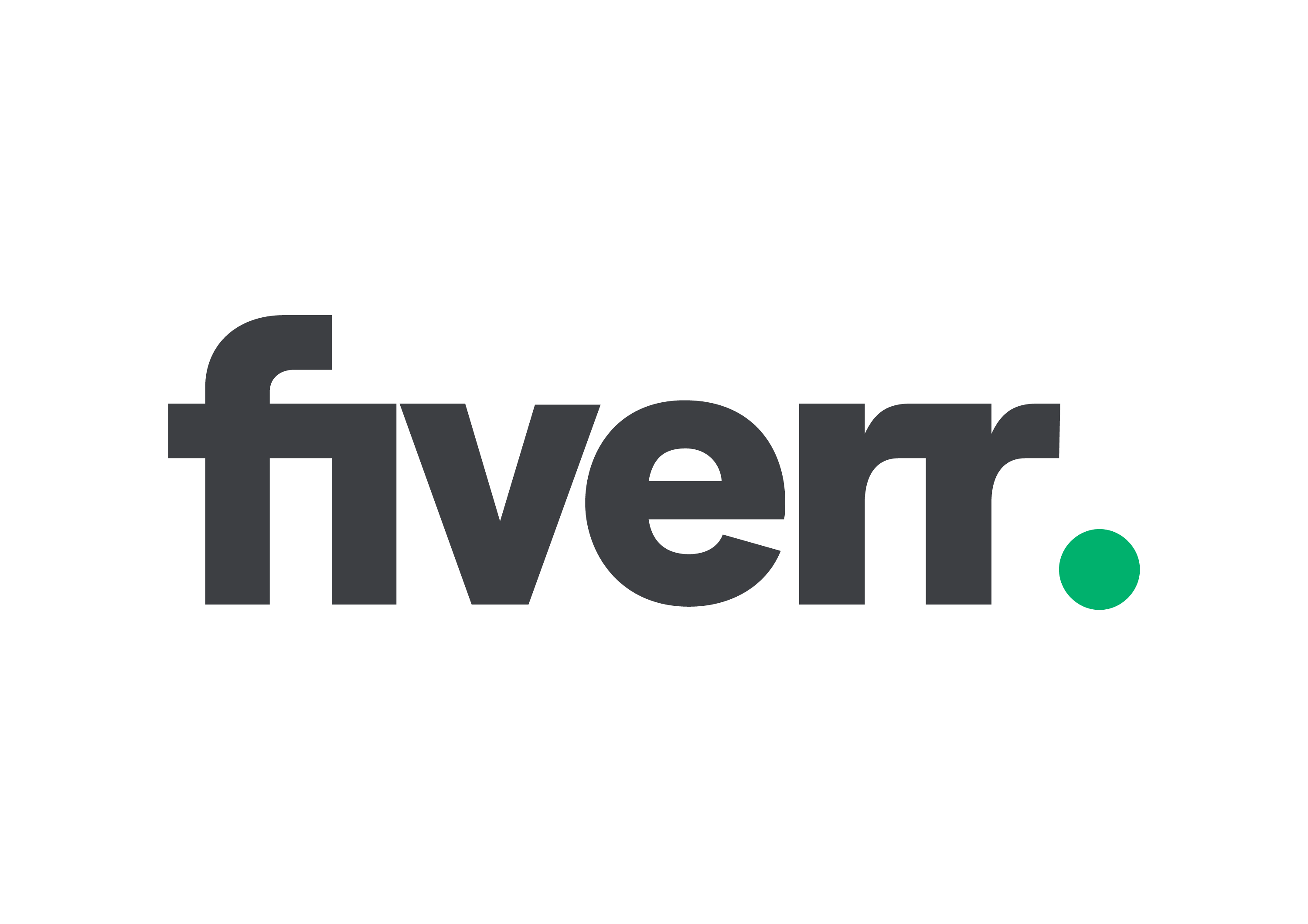Here’s our weekly snapshot of some of the embedded news that has come through our inbox, covering products, funding and events news.
Lots going on this week, but one thing that stuck out for me is how, if we want to deliver more performance, we need to go low complexity. That’s evident both in video and audio, with companies like V-Nova explaining that to deliver ultra-high definition (UHD) broadcast content over limited bandwidth, low complexity video codecs are the answer. And on the audio side, Cadence delivered a brand new Tensilica HiFi DSP which is smaller than others in its device family for hearables and wearables that enables a low complexity codec (LC3) to deliver good always-on experiences for Bluetooth LE audio and other applications where energy is important.
This week, I also looked at Ambarella’s acquisition of Oculii to expand into radar and sensor fusion, plus the new FiRa UWB certification program.

If you are designing with Arduino, do think about participating in the EEWeb Design Contest First Edition sponsored by Arduino and Altium, which is now open for submissions. This inaugural contest challenges hardware design enthusiasts from all over the world to develop an imaginative and innovative design project of a motor control system with the Arduino Portenta H7 board. Participants present their design idea in a maximum of 300 words – that is, the objective of the project, components required for its realization, and targeted applications. The best ones are granted the Arduino Portenta H7 board and a licence to Altium Designer for the duration of the contest. They also receive a $200 contribution to purchase the components needed to complete their project. Submission of proposals is open until Nov. 19, 2021, and the contest ends on Feb. 27, 2022. Details of how to participate are here.
News & Products
Renesas Electronics Corporation said it is acquiring Celeno for approximately US$315 million in cash, in a deal that will significantly enhance Renesas’ connectivity portfolio as a result of adding Celeno’s Wi-Fi technologies and software expertise. Headquartered in Israel, Celeno’s solutions include advanced Wi-Fi chipsets and software solutions Wi-Fi 6 and 6E, and its breakthrough Wi-Fi Doppler imaging technology, a Wi-Fi based, high-resolution imaging technology ideal for home elderly care and assisted living, home security, safe driving and digital and connected factories. It depicts, tracks and analyzes the motion, behavior and location of people and objects using standard Wi-Fi, eliminating the need for multiple cameras or sensors in home environments and commercial buildings.
Semtech Corporation announced its PerSe line of sensors targeted for the personal connected consumer device market. The person sensing product family consists of three core product lines – PerSe Connect, PerSe Connect Pro and PerSe Control, all of which intelligently and automatically sense human presence in smartphones, laptops and wearables. These then enable advanced RF control when a user is in close proximity. Its smart human sensing feature, ultra-low power and tiny footprint make it an ideal sensing solution for wearable applications such as gesture control and automation.
HCH, a subsidiary of Haier, has partnered with Vayyar to create a new IoT ecosystem built around advanced touchless sensor technology. Haier’s marketing presence in China will enable Vayyar to expand its footprint and offer RF imaging-based products and initially address the rapidly aging populations in China and beyond, for whom falling is a leading cause of injury and premature mortality. Around 120 million Chinese seniors live alone and by 2040, there will be 402 million people aged 60 or older in China. The deal allows Haier, the world’s leading major appliance brand, to serve a Chinese “silver tech” total addressable market worth over 4 trillion yuan (US$ 625 billion).
IDEMIA and Infineon announced that IDEMIA’s 5G eSIM “DAKOTA v3.4 NG (new generation)” has been approved by GSMA, the first of its kind to be GSMA approved under current compliance process and security rules. The eSIM runs on Infineon’s new SLI37 chip and is 5G-ready. With the SLI37’s CCEAL 6+ certification, DAKOTA v3.4 NG supports private data security for drivers, providing protection against call interceptions, fraud, and location tracking. The product is future-proof due to the OS update feature allowing eSIM operating system remote management. The first DAKOTA v3.4 NG-equipped cars are expected to roll off the production line in 2022.
Ultraleap said its fifth-generation hand tracking platform, Gemini, is fully available on Windows. The company said this is the “most robust, flexible hand tracking ever”, and is already powering experiences from Varjo’s VR/XR headsets, plus it has been integrated into Qualcomm’s Snapdragon XR2 platform. The Gemini Windows release makes hand tracking easier to access and more flexible for multiple platforms, camera systems and third-party hardware. In this new release, the tracking engine has been rebuilt from the ground up to improve hand tracking across various aspects including improved two-handed interaction, faster initialization and hand detection, improved robustness to challenging environmental conditions, and better adaptation to hand anatomy.

The new version 2.31 of Softing’s edgeConnector products now support MQTT subscriber functionality and hence bidirectional communication with IoT cloud or IoT edge applications. The products currently include edgeConnector Siemens, edgeConnector 840D and edgeConnector Modbus. The software modules based on Docker technology provide access to process data in SIMATIC S7, SINUMERIK 840D and Modbus TCP controllers. Using MQTT, the setup of IIoT solutions becomes even more flexible. For example, recipe management can be implemented from the cloud or in the edge by receiving data from an MQTT broker and writing it to a controller. Another use case is predictive maintenance via the MQTT protocol.

InnovationLab, the “lab to fab” for printed electronics, announced a downloadable software package, SensorMatrixLAB, to simplify the use of its printable sensors, enabling visualization and processing of sensor generated data, and with built-in API access for live data integration into other programs on the same PC. By providing both hardware sensors and a software package, InnovationLab said it now makes development of projects utilizing its sensors faster, easier and more efficient. The software supports multiple communication interfaces: USB serial, Wi-Fi and Ethernet and enables advanced hardware configuration, readout electronics fine tuning, as well as standalone operation via CAN.
People and Funding
Augury, a provider of machine health analytics for IoT, has labelled itself as one of Industry 4.0’s first unicorns, with its new $180 million funding taking it to a valuation of over $1 billion. Investors include the venture arms of Schneider Electric and Qualcomm. Its machine health solution uses the IoT and AI to predict and prevent industrial machine failures and improve machine performance, helping manufacturers to reduce downtime, increase production capacity and productivity, and optimize the cost of industrial asset care. It now intends to expand globally, create offerings for new industries such as energy, and continue to innovate in Augury’s core manufacturing market.
Rapid Silicon, a new startup focused on what it calls AI-enabled domain-specific FPGAs, has raised $15 million in seed funding led by ChengWei Capital and Cambium Capital. Incorporated by president and CEO Naveed Sherwani in May 2021, it is also a founding member of the Open-Source FPGA Foundation. Sherwani said, “We are building our solution on top of open source FPGA technology using proprietary AI methodologies to meet the growing demand for diverse target applications.”

B-Secur, an ECG/EKG algorithms and analytics developer for wellness and identification, said it has raised US$12 million in 2021 following a latest financing round led by First Capital Ventures based in Denver, CO, (U.S.). The investment will be used to accelerate commercial expansion within the U.S. in the consumer and medical industries. B-Secur said it has seen tremendous business growth in the past year. In February, the company announced it had received FDA regulatory clearance for its HeartKey ECG technology. As it expands the deployment of HeartKey, the company formed partnerships with key semiconductor and electronics companies such as Texas Instruments, Maxim Integrated and STMicroelectronics to provide medical-grade ECG monitoring for consumer wearable devices.
Ambiq has appointed Carlos Morales, who has over 30 years research and development experience spanning silicon to cloud, as its new vice president of AI. Before, Ambiq, he headed and led a company-wide AI strategy and business development initiatives at Intel for five years; prior to that he was at Cisco, pioneered technologies such as fog computing and the first full-featured software-defined router now an essential part of edge to cloud operations. His career spans many aspects of computer engineering, from ASIC development to cloud based deep learning-as-a-service products. Besides AI, he’s built expertise in cloud-based back-end applications, cybersecurity, workload scheduling, orchestration, isolation, and efficient networking.

Codasip founder Karel Masařík has been elected to the RISC-V technical steering committee (TSC) by RISC-V International strategic members. Having got involved with RISC-V back in 2016, he previously undertook research in the use of architecture description languages and design automation at Brno University of Technology. This included research into hardware/software co-design, compilers, high level synthesis as well functional verification of processor designs. He achieved a Ph.D. in computer science in 2008. He then led the development of Codasip’s underlying technologies as part of a university technology incubator and founded the company in 2014.

Israeli startup REE Automotive, which has developed a flat and modular platform which it said will fundamentally change the way electric vehicles will be built, by integrating all of the components formerly found under the hood into the wheel, has appointed to new independent board members, Michal Brikman and Lilach Geva-Harel, who bring a public company financial, corporate governance and sustainability expertise. Daniel Barel, REE co-Founder and CEO, said they will contribute to the efforts to guide its vision and realize the company’s goal of “becoming the cornerstone of e-mobility.”
Events
The CW International Conference (CWIC), one of the key annual events for the wireless industry in the U.K., is back both as a physical live event at IWM Duxford, Europe’s largest air museum, as well being available online. Taking place on 9th November 2021, this year’s theme considers the value of the wireless network within digital and circular economies, exploring innovations and ideas that maximise wireless’ potential to improve the future. Full agenda and details are here.
Nvidia GTC takes place online from 8-11 November 2021, which will include a live-streamed keynote by Jensen Huang, plus talks from AI research and industry leaders on deep learning, data science, high-performance computing, robotics, data center/networking and graphics. Speakers include Fei-Fei Li, professor of computer science, Stanford University, Lindsay Edwards, responsible for AI at in respiratory and immunology, AstraZeneca, and Kay Firth-Butterfield, head of AI and ML, World Economic Forum. Details here.
The 58th DAC (Design Automation Conference) is takes place both physically in San Francisco and virtually between 5-10 December 2021. Keynote speakers include Jeff Dean of Google Research and Google Health, Bill Dally of Nvidia, and Missy Cummings of Duke University. For the first, DAC attendees will also have access to SEMICON West and the RISC-V Summit. Details here.
- October 22, 2021: embedded news week: robotics, rainforests and IoT security
- October 15, 2021: embedded news week: U.K. chip startups, natural language quantum
- October 8, 2021: embedded news week: ITS World Congress, chiplets and podcast
- October 1, 2021: embedded news week: can we get anything as-a-service?
- September 24, 2021: embedded news week: first connected-bottle perfume fragrance
- September 17, 2021: embedded news week: celebrating a visionary, and edge compute
- September 10, 2021: embedded news week: September kicks off event season








